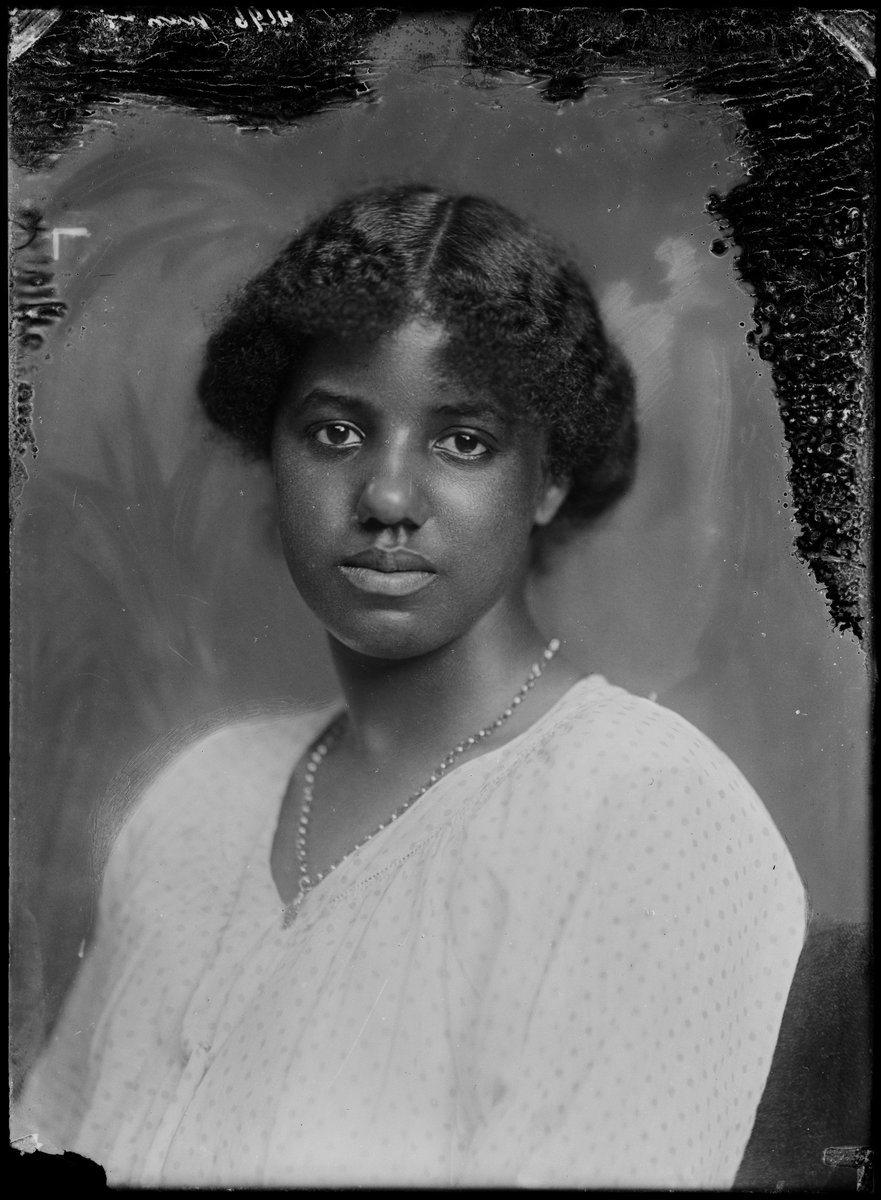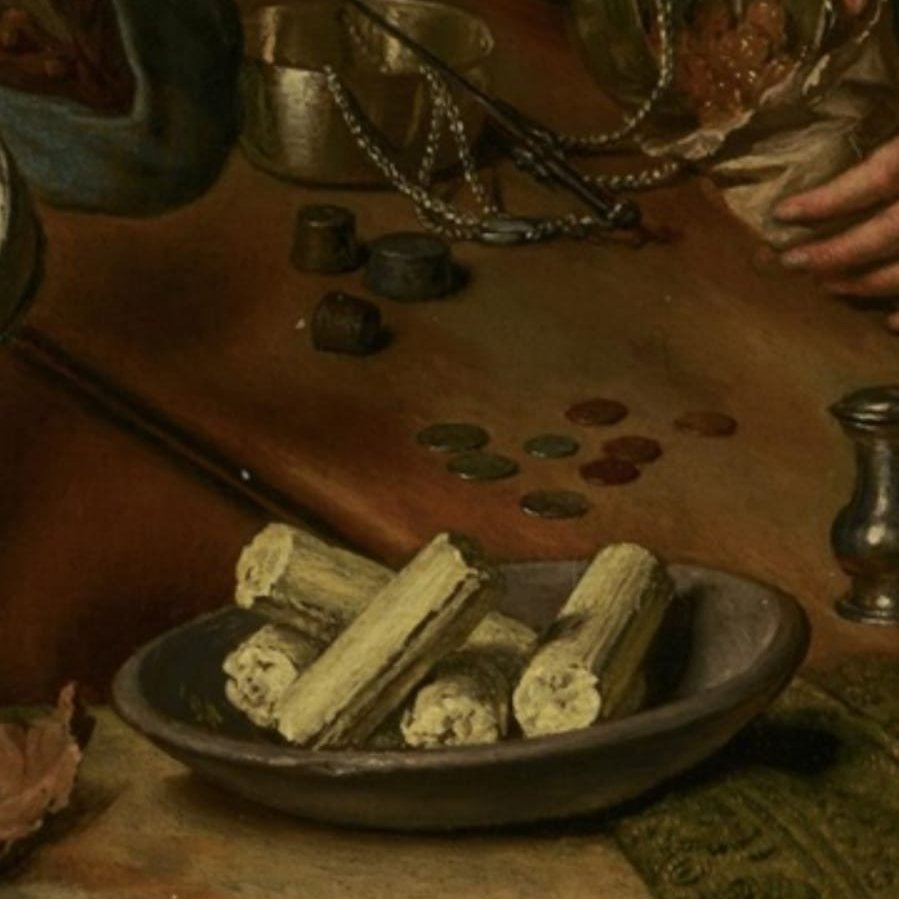
In 1626 the Cape Verdean woman Clara Dirks married Anthony Manuel van Malacken (Malacca). #blackhistorymonth #day21 #mixedmarriages
https://twitter.com/voetnoot/status/1363465219058659328?s=20
In January 1910, Marcus Johnson, with his wife and three children, James Liwes, John Johson and Abi Williams were photographed in #Amsterdam, they came from Sierra Leone. #blackhistorymonth #day22 #identification
https://twitter.com/voetnoot/status/1363820127402221572
In 1700 Frans Martijn, a sailor from Angola, boarded in 1700 as cook on the East Indiaman 'De Generale Vreede'. #blackhistorymonth #day23
https://twitter.com/voetnoot/status/1364286003582763016
The boy portrayed by Govert Flinck around 1640 was most likely a neighbor, maybe a born Amsterdammer. #blackhistorymonth #day24 #portrait
https://twitter.com/voetnoot/status/1364552061606584325
Today Jewish people around the world celebrate #Purim, part of the celebration is donating charity. Among the beneficiaries of gifts in 1660 different people of African descent were listed: Beatris, Agar and Daniel Belmonte #blackhistorymonth #day25
https://twitter.com/voetnoot/status/1364890606644973570
On 6 October 1636, the couple Diogo van Angola and Catharina Antoine, together with Christoffel Capitano, Anthony van #Angola and Francisco van Angola, came to a notary office in #Amsterdam to draw up a will. #blackhistorymonth #day26 #closeties
https://twitter.com/voetnoot/status/1365283157499666433
On #day27 of #BlackHistoryMonth : soldier Anthoni Fernando from Angola who was saddled with large debts in 1645 by a innkeeper in Amsterdam.
https://twitter.com/voetnoot/status/1365616948680228865
On the last day of #BlackHistoryMonth the story of my favorite person in early modern #Amsterdam: Juliana from #Brazil. #day28 
https://twitter.com/voetnoot/status/1366003898155225093

The story of Juliana is the last in the #BlackHistoryMonth2021 series. Hope you liked it. Thank you all for the retweets, likes and comments. I'll continue posting stories about Amsterdammers of all origins. #migrantcity #ordinarypeople #microhistory
@threadreaderapp please unroll #unroll
• • •
Missing some Tweet in this thread? You can try to
force a refresh




















